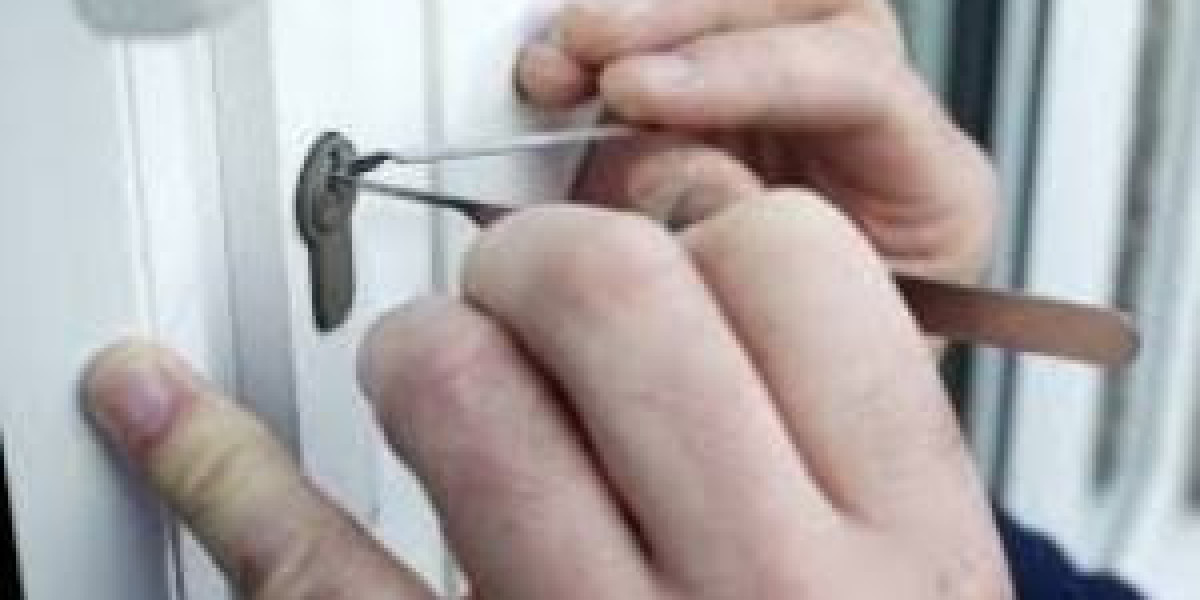How to Repair Window Leaks: A Comprehensive Guide
Window leaks can be a substantial source of aggravation for property owners, leading to water damage, mold development, and increased energy expenses. Whether you're handling a small drip or a more significant leak, understanding the causes and options can help you deal with the concern efficiently. This extensive guide will stroll you through the actions to repair doors window leaks, ensuring your home remains dry and comfy.
Understanding Window Leaks
Before diving into the repair process, it's important to comprehend why window leaks take place. Common causes include:
- Poor Installation: Improper setup can leave spaces around the window frame, enabling water to seep in.
- Use and Tear: Over time, the seals and weatherstripping around the window can deteriorate, leading to leakages.
- Cracked or Damaged Glass: Cracks or holes in the glass can allow water to enter.
- Clogged Gutters and Downspouts: When seamless gutters are obstructed, water can overflow and seep into the window frame.
- Flashing Issues: Improper or harmed flashing around the window can trigger water to penetrate the wall.
Step-by-Step Guide to Repairing Window Leaks
Identify the Source of the Leak
- Visual Inspection: Start by analyzing the window and the surrounding area for any noticeable signs of damage or wear.
- Water Test: Use a garden pipe or a spray bottle to wet the exterior of the window. Expect water to appear inside the space, which can help determine the specific place of the leakage.
Prepare the Work Area
- Clear the Area: Remove any furnishings or products that might be harmed by water.
- Protect the Floor: Lay down plastic sheeting or towels to capture any water or particles.
Evaluate the Damage
- Inspect the Frame: Look for gaps, fractures, or loose sections in the window frame.
- Take a look at the Seals: Inspect the weatherstripping and seals for indications of wear or damage.
- Check the Glass: Check for any fractures or holes in the glass.
Repair the Damage
- Seal Gaps: Use caulk or silicone sealant to fill any spaces in the window frame. Apply a thin, even layer and smooth it out with a caulk smoothing tool.
- Replace Weatherstripping: If the weatherstripping is worn, eliminate it and install brand-new strips. Guarantee they fit snugly to avoid air and water from passing through.
- repair double glazing window or Replace Glass: For small fractures, you can use a glass repair set. For bigger damage, consider changing the whole pane of glass.
- Repair or Install Flashing: If the flashing is damaged or missing, replace it with new product. Ensure it is correctly set up to direct water far from the window.
Evaluate the Repair
- Repeat the Water Test: Once the double glazed repairs are complete, repeat the water test to make sure the leak has been successfully sealed.
- Examine for Air Leaks: Use a lit candle to evaluate for air leaks around the window. If the flame flickers, it may suggest a gap that needs further attention.
Preserve the Window
- Routine Inspection: Periodically examine the window for indications of wear or damage.
- Tidy Gutters: Ensure that rain gutters and downspouts are clear to prevent water from overruning.
- Apply Sealant: Reapply sealant as required to keep a watertight seal.
FAQs
Q: Can I repair a window leakage myself, or should I call an expert?A: Minor leaks can often be repaired by house owners with fundamental DIY abilities. However, if the damage is comprehensive or you are uncertain about the doors repair procedure, it is best to seek advice from an expert.
Q: What kind of caulk should I utilize for window repairs?A: Silicone caulk is a popular option for window repairs due to its versatility and toughness. It can stand up to temperature level changes and is resistant to water and UV rays.
Q: How typically should I examine my windows for leakages?A: It is a good practice to check your windows at least once a year, preferably before the rainy season or winter season. This can assist you capture and deal with any issues early.
Q: Can I utilize a dehumidifier to manage wetness from a window leak?A: While a dehumidifier can help in reducing wetness in the air, it is not a long-term solution for a window leakage. Attending to the source of the leakage is necessary to prevent more damage.
Q: What are the indications that my window requires to be replaced?A: Signs that a window might need to be replaced include substantial damage, relentless leakages, trouble in opening or closing, and high energy costs due to bad insulation.

Window leaks can be a nuisance, but with the best method, they can be effectively repaired. By determining the source of the leak, preparing the work area, and following the steps laid out in this guide, you can restore the integrity of your windows repairs and protect your home from water damage. Regular maintenance and evaluations can likewise help prevent future leaks, ensuring your windows stay in leading condition.
By taking proactive steps, you can delight in a dry, comfortable, and energy-efficient home.









